My grandfather on my father’s side came from Dutch/German/Irish stock who settled in New York’s Shawangunk Mountains several hundred years ago. If you’ve never been to the “Gunks,” as they’re called by the locals, it’s worth the trip. From the valley the mountains look normal, but get above 2,000 feet and you find that they have no tops – the whole range is a series of steeped mountain plateaus. The geology is impressive, the place riddled with caves and rattlesnake dens and sheer walls that attract mountain climbers from all over the Northeast. The ecology is equally interesting, in large part because of the Mance family, and the Crawford family, and all of the others who used to regularly burn the mountaintop, on a scale of thousands of acres, so they could pick huckleberries. (Botanically speaking, what they called huckleberries were actually low-bush blueberries; the true huckleberries that grow on the mountain were called crackerberries.)
Grandpop was nine years old when he began his career as a berry picker. It was the late 1920s. He’d shoulder a backpack made out of wooden crates, attach a tin pail to his belt, and be up on the mountain by five in the morning. He’d hand pick berries until 3:30, then head home and decide whether to sell them to a berry buyer for 10 cents a quart, or sell them himself for 25 cents. Professional pickers averaged 100 quarts a day.
This 1897 New York Times article indicates that as many as 10,000 people worked these mountains picking berries at the turn of the twentieth century. By the time my grandfather had become a picker, a whole subculture had developed around the industry. There were squatters’ shacks all around Sam’s Point (Sam was a distant relative) and hundreds of tents, cabins, and tar paper shanties lined the Smiley Road from Ellenville to Lake Minnewaska. I visited the area last weekend for the first time, and was thrilled to see that the ruins of many of the old berry pickers’ shanties still exist. With the help of Marc Fried’s book on the subject, I was able to picture the rowdy amalgamation of people who lived here – bootleggers and revenue men and mountain folk the likes of which just don’t exist anymore.
A sediment core from a ridge-top swamp shows a dramatic increase in mountain fire beginning around 400 A.D., which indicates that the local Indians probably started the practice of controlled burn. As a result, the tree mix features a lot of chestnut oak and the understory is full of fire-tolerant plants. The ridge-top forest near Sam’s Point is a globally rare dwarf pitch pine barren; pitch pine has serotinous cones, many of which won’t open unless they’re burned.
The huckleberry industry in the Shawangunk Mountains peaked during the Great Depression, then petered out in the war years and had ceased to exist by the early 1960s. The big picture reason for this was that the world changed. Transportation improvements and commercial agriculture made big, fat, high-bush blueberries readily available, and the rural standard of living rose to the point where most nine-year-old kids didn’t have to work side by side with their parents on the mountain anymore. But Grandpop, before he died, suggested that the industry’s death was hastened by a forest management dispute between the local pickers and the state of New York. “The picking continued until the state purchased airplanes,” he said. “When they saw the firemen at work, they arrested them and sent them to jail.” He wasn’t the type to editorialize, but his tone made it clear that there were sparks as the old way of life collapsed into life as we know today. Once the mountain stopped burning, red maple and fire intolerant plants began muscling their way in and the forest started to become something else. A bunch of berry pickers’ shacks were probably torn down to make way for the welcome center near Sam’s Point – a case of anthropomorphic forest succession.
Today, much of the ridge is public land; notable tracts include the Mohonk Preserve, Minnewaska State Park Preserve, and Sam's Point Preserve. The State has moderated its zero-fire policy, and controlled burning is again being used on several parcels as foresters and ecologists work to protect the unique landscape. The Nature Conservancy, The Open Space Institute, and The Trust for Public Land have been major players in the conservation of the Gunks, no small task considering the place is only an hour away from 8.24 million people living in New York City.


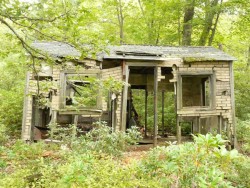
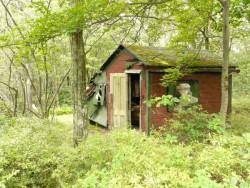
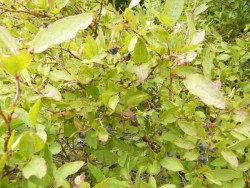
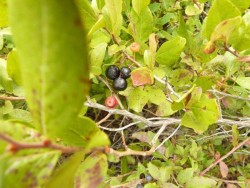
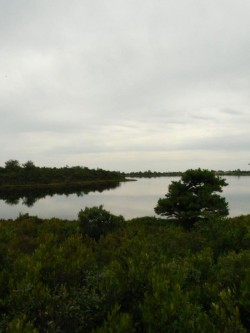
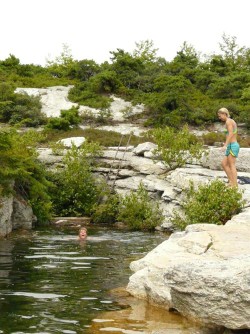
Discussion *